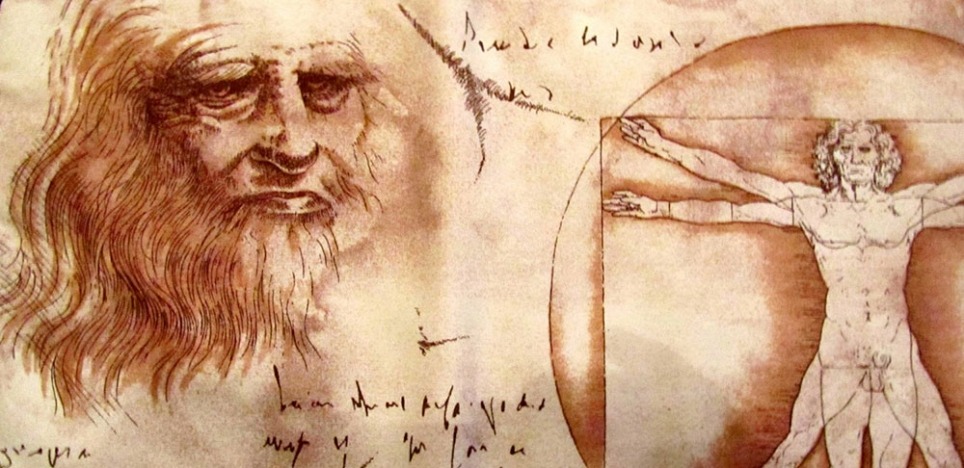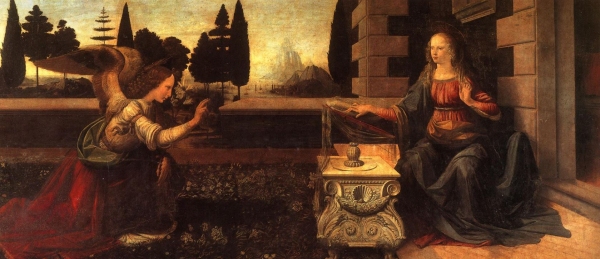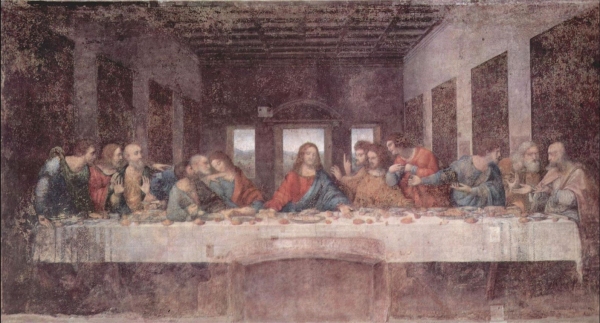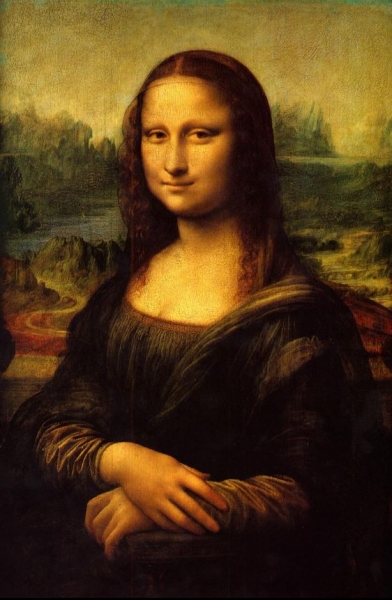On rare occasions, someone alights in time with a brilliance that makes it seem as if they had arrived from the future or from a galaxy more advanced than ours. Leonardo da Vinci – with his artistic, architectural, engineering, musical, and scientific vision – surely gave this impression. His genius bridged so many intellectual disciplines that he epitomizes what we have come to know as the Renaissance human being, someone whose creativity knows no bounds.
Born on April 15, 1452 in the town of Vinci in the Republic of Florence (part of present-day Italy) to a notary and a peasant woman, Leonardo di ser Piero da Vinci received his education in the studio of renowned Florentine painter Andrea del Verrocchio – an education which included as diverse studies as drafting, chemistry, leather working, carpentry, painting, and sculpting. Artists of that time often assisted their teachers with paintings. Vasari, a 16th-century biographer of Renaissance painters, tells us that Leonardo's painting of a young angel holding Christ's robe in his teacher's painting "The Baptism of Christ" was so refined that when Verrocchio saw it, he gave up painting altogether. Even after Leonardo had his own studio, though, they continued to work together. At age 20, Leonardo became a master in the Guild of Saint Luke, the guild of artists and doctors of medicine.
His inventions were so diverse as to defy summary, but to name a few that he invented or sketched: a silver lyre shaped like a horse's head; a tent-shaped linen parachute which, when designed and tested in 2002, had a smoother ride than its modern cousins; a diving suit complete with breathing hoses and goggles; and an armored car capable of moving in any direction but which, curiously, had a major flaw: The cranks which powered it went in opposite directions. Speculation has it that his nonviolent philosophy kept him from wanting to make this predecessor of modern tanks truly functional.
To celebrate Leonardo's birthday, explore the resources below. They will increase your amazement about his gifts and also remind you of the unlimited potential each of us has to imagine and create.
 Practices
Practices
Choose one of these pieces of Leonardo's art to contemplate. Click on each to open in a lightbox.
Annunciation (1472)
The Last Supper (1495)
Mona Lisa (1504)
 Videos
Videos
Watch a biography of Leonardo da Vinci:
Bulent Atalay, himself a scientist and artist, offers a comprehensive look at Leonardo Da Vinci, his work, and the many ways in which this enigmatic genius has influenced our world in "Leonardo's Universe," from National Geographic:



